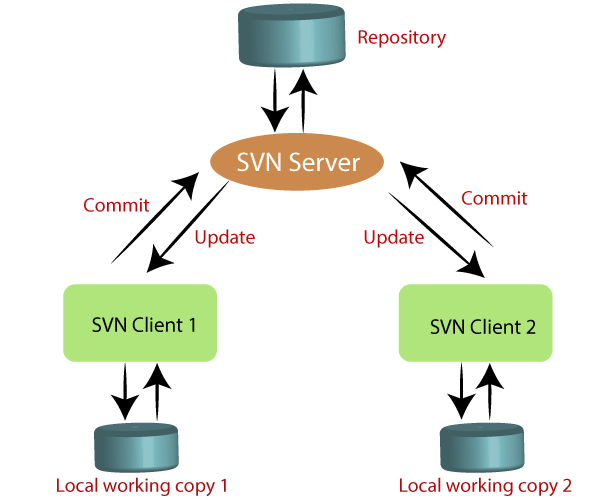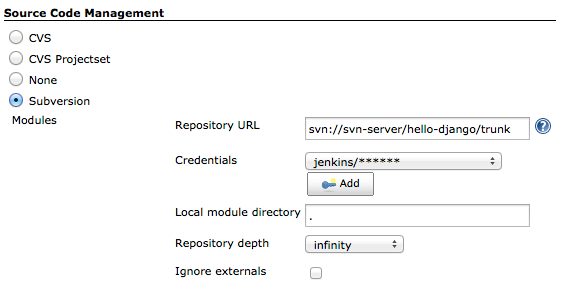
Open the web browser and type repo URL and hit enter. sudo a2dissite nfĮnable newly created virtual host file. sudo vim nfĮrrorLog $/ combinedĬhange “” to your hostname.ĭisable default virtual host file. sudo htpasswd -m /etc/svn-auth-users fosslinux2Ĭreate Apache virtual host file for SVN- in order to do this we first need to change directory to “/etc/apache2/sites-available/” cd /etc/apache2/sites-available/Ĭreate a virtual host file and here we create a file called “nf”.

sudo htpasswd -cm /etc/svn-auth-users fosslinuxĬreate the second user. Here we create a password file in the “/etc” directory. sudo chmod -R 775/ opt/svn/fosslinuxrepoĪdd Subversion Users. sudo chown -R www-data:www-data /opt/svn/fosslinuxrepo/Ĭhanging permissions of the repository. Here we create a repository called “fosslinuxrepo” sudo svnadmin create /opt/svn/fosslinuxrepoĬhanging ownership of the repository. sudo mkdir -p /opt/svnĬreate svn repository. Here we use “/opt” directory to create our repository.Ĭreate svn directory. Now we are going to create the SVN repository. If svn modules are not enabled. run below commands and enable it sudo a2enmod dav sudo a2enmod dav_svn sudo a2enmod authz_svnĪfter enabling those modules, we need to restart the Apache service.

List the enabled modules sudo apachectl -M

After installation, it automatically enables the needed SVN modules (dav_module, dav_svn_module, authz_svn_module ).


 0 kommentar(er)
0 kommentar(er)
